China is a vast country with the largest population in the world. China also has many cities with large populations, and some cities have a population comparable to that of some countries. The ranking of the top ten cities in China is:
10. Wuhan: 11.41 million (equivalent to Belgium)
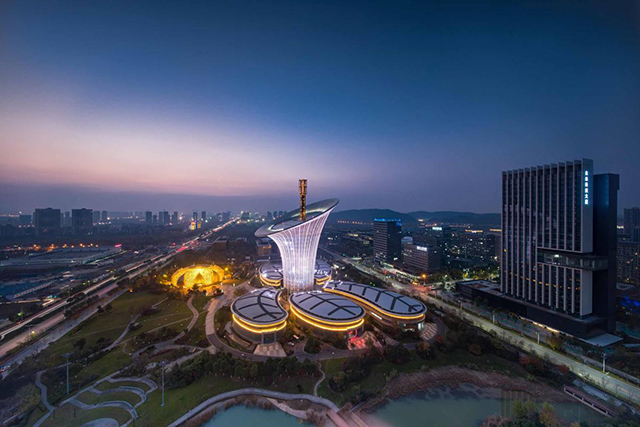
Wuhan is the capital of Hubei Province, and the only sub-provincial city in the six central provinces is a megacity. Wuhan is a central city in central China, an important industrial base, science and education base and comprehensive transportation hub in the country. Wuhan has 13 districts under its jurisdiction, with a total area of 8569.15 square kilometers, a resident population of 11.41 million, and a regional GDP of 1.62 trillion yuan.
Wuhan is located in the east of the Jianghan Plain and the middle reaches of the Yangtze River. The Yangtze River and its largest tributary, the Han River, meet in the city, forming a pattern of three towns in Wuhan (Wuchang, Hankou, Hanyang) separated by rivers. A quarter of the total area. As the economic and geographic center of China, Wuhan is known as the “nine provinces”. It is the largest water, land and air transportation hub in China’s inland and the middle reaches of the Yangtze River shipping center. Its high-speed rail network covers more than half of China, and it is the only one in Central China that can fly directly to the five continents of the world city.
9.Hangzhou: 12.04 million (equivalent to Benin)
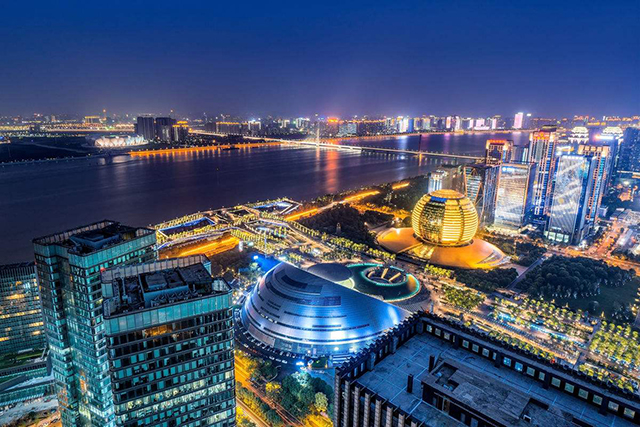
Hangzhou is the capital of Zhejiang Province, a sub-provincial city, and the core city of the Hangzhou metropolitan area. The capital of Zhejiang Province in China and the provincial economic, cultural, scientific and educational center and one of the central cities of the Yangtze River Delta have been approved by the State Council. The city has 10 districts, 2 counties and 1 county-level city under its jurisdiction, with a total area of 16,853.57 square kilometers and a built-up area of 559.2 square kilometers. The population urbanization rate was 78.5%.
Hangzhou is located in East China, the lower reaches of the Qiantang River, the southeast coast, northern Zhejiang, and the southern end of the Beijing-Hangzhou Grand Canal. It is the core city around the Hangzhou Bay Grand Bay Area, the central city of the Shanghai-Jiahang G60 Science and Technology Corridor, and an important international e-commerce center. There are many cultural and historic sites in Hangzhou, and there are a lot of natural and cultural landscapes in West Lake and its surroundings. Representatives include West Lake culture, Liangzhu culture, silk culture, tea culture, and many stories and legends handed down.
8.Suzhou: 12.29 million (close to Tunisia)
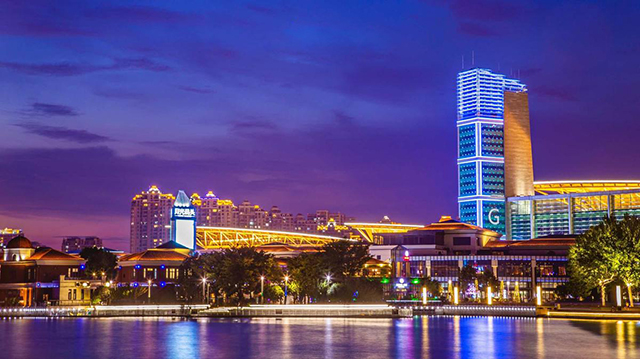
Suzhou is a prefecture-level city in Jiangsu Province. It is one of the important central cities in the Yangtze River Delta in China, a national high-tech industrial base and a scenic tourist city approved by the State Council. The city has jurisdiction over 5 districts and 4 county-level cities, with a total area of 8657.32 square kilometers, a built-up area of 461.65 square kilometers, and a population urbanization rate of 76.05%.
Suzhou is located in East China, southeast Jiangsu, and central Yangtze River Delta. It is an important part of the Yangtze River urban agglomeration. It borders Shanghai in the east, Jiaxing in the south, Taihu Lake in the west, and Yangtze River in the north. It is located at 119 ° 55 ′ ~ 121 ° 20 east longitude ‘, Between 30 ° 47’N and 32 ° 02’N. The terrain of the city is low and flat, the plains account for 54.8% of the total area, the elevation is about 4 meters, and the hills account for 2.7% of the total area. Suzhou has a subtropical monsoon oceanic climate with four distinct seasons and abundant rainfall. It grows rice, wheat and rape, and produces cotton, silkworm, mulberry, and forest fruit. Its specialty products include Biluochun tea leaves, Yangtze saury, Taihu silverfish, and Yangcheng lake hairy crabs.
7.Shenzhen: 12.53 million (more than Rwanda)
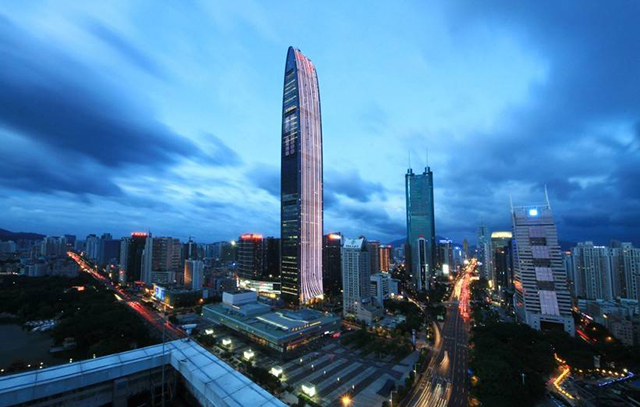
Shenzhen is a sub-provincial city, a separately planned city, and a mega-city in Guangdong Province. It has been approved by the State Council as a special economic zone, a national economic center, and an international city. The city has 9 districts under its jurisdiction, with a total area of 1997.47 square kilometers, a built-up area of 927.96 square kilometers, and an urbanization rate of 100%. It is the first all-urbanized city in China.
Shenzhen is located in southern China, southern Guangdong, on the east bank of the Pearl River Estuary, facing the Daya Bay and Dapeng Bay in the east, the Pearl River Estuary and Lingding Ocean in the west, and connected to Hong Kong by the Shenzhen River in the south. 1. National logistics hub, international comprehensive transportation hub, international technology industry innovation center, and one of China’s three national financial centers. Shenzhen is full of water, land and air ports, and it is the port city with the largest number of ports, the largest number of immigrants, and the largest traffic flow in China.
6.Tianjin: 15.57 million (equivalent to Somalia)
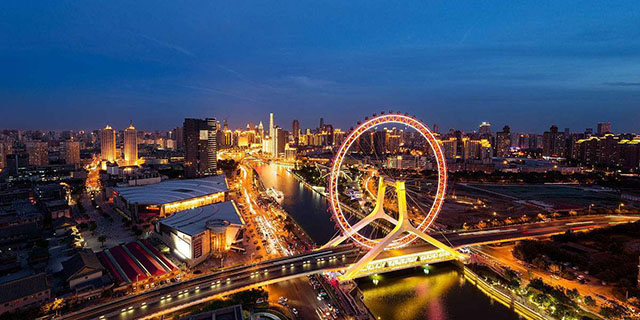
Tianjin is the economic center of the Bohai Rim Region approved by the State Council as a provincial-level administrative region, municipality directly under the Central Government, national central city, and mega-city. The city has 16 districts under its jurisdiction, with a total area of 11966.45 square kilometers, a built-up area of 1007.91 square kilometers, and an urbanization rate of 83.48%.
Tianjin is located in the north of China, the lower reaches of the Haihe River, and the Bohai Sea in the east. It is the largest port city in northern China, a national logistics hub, a core area for international shipping in the north, and the first coastal open cities. Strategic fulcrum, the intersection of the “Belt and Road”, the nearest eastern starting point of the Eurasian Continental Bridge,
5.Guangzhou: 18.65 million (equivalent to Syria)
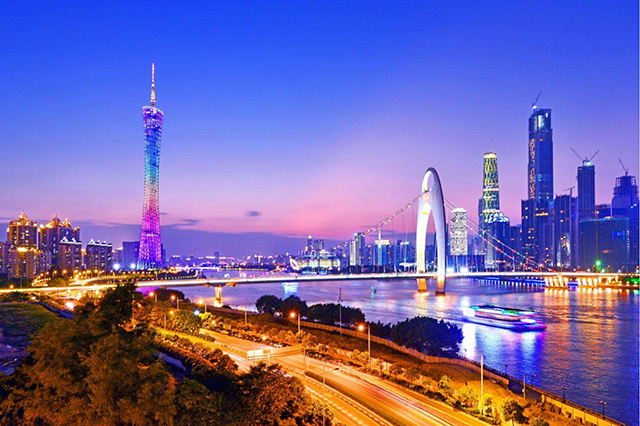
Guangzhou is the capital of Guangdong Province, a sub-provincial city, a national central city, and a megacity. It is an important central city, an international trade center, and an integrated transportation hub determined by the State Council. The city has 11 districts under its jurisdiction, with a total area of 7434 square kilometers, a built-up area of 1249.11 square kilometers, and an urbanization rate of 86.46%.
Guangzhou is located in southern China, the lower reaches of the Pearl River, and is close to the South China Sea. It is the headquarters of the southern China theater, a national logistics hub, a comprehensive national gateway city, and the first coastal open cities. It is China ’s southern gateway to the world. , The central city of the Pan-Pearl River Delta Economic Zone and the hub city of the Belt and Road Initiative.
4.Chengdu: 18.72 million (equivalent to Kazakhstan)
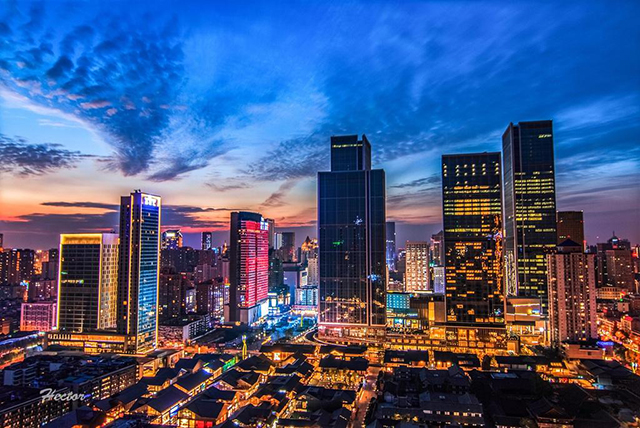
Chengdu is the capital city of Sichuan Province, a sub-provincial city, a mega-city, and a core city of the Chengdu metropolitan area. It is an important central city in western China identified by the State Council, an important national high-tech industrial base, a business logistics center and an integrated transportation hub. The city has jurisdiction over 11 districts and 4 counties and manages 5 county-level cities. The built-up area covers 949.6 square kilometers and the urbanization rate is 74.41%.
Chengdu is located in southwestern China, the west of the Sichuan Basin, and the hinterland of the Chengdu Plain. It has a flat terrain, a river network, rich products, and developed agriculture. It has a subtropical monsoon humid climate and has been known as the “land of heaven” since ancient times. As an important electronic information industry base in the world, there are 30 national scientific research institutions, 67 national research and development platforms, 56 colleges and universities, and about 3.89 million talents of all kinds; in 2019, 301 of the world’s top 500 enterprises will be settled.
3.Beijing: 21.53 million (compared to Sri Lanka)
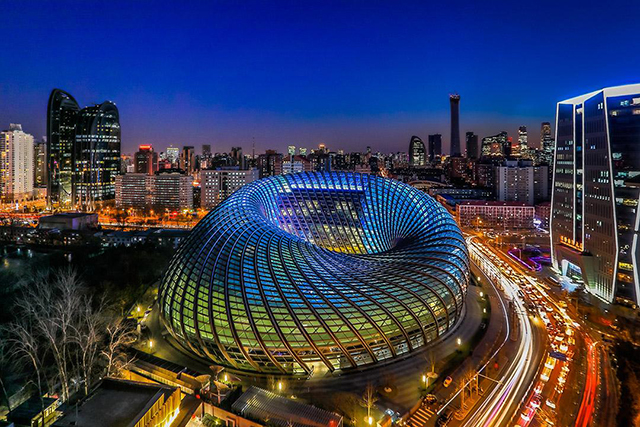
Beijing is the capital of the People ‘s Republic of China, provincial administrative regions, municipalities directly under the Central Government, national central cities, and megacities. China ’s political center, cultural center, international exchange center, and scientific and technological innovation center have been approved by the State Council. The city has 16 districts under its jurisdiction, with a total area of 16,410.54 square kilometers, a built-up area of 1,485 square kilometers, and an urbanization rate of 86.6%.
Beijing is located in northern China, in the northern part of the North China Plain, adjacent to Tianjin in the east, and the rest is adjacent to Hebei. The center is 116 ° 20 ′ east longitude and 39 ° 56 ′ north latitude. 3. The seat of the Central People’s Government of the People’s Republic of China and the Standing Committee of the National People’s Congress.
2.Shanghai: 24.18 million (equivalent to Australia)
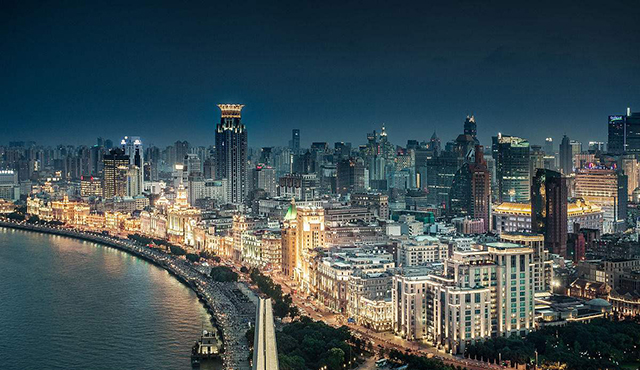
Shanghai is the provincial-level administrative region, municipality directly under the Central Government, national central city, and mega-city in the People’s Republic of China. It is the China’s international economic, financial, trade, shipping, and technological innovation center determined by the State Council. The city has 16 districts under its jurisdiction, with a total area of 6340.5 square kilometers and a built-up area of 1,426 square kilometers.
Shanghai is located in the east of China, the estuary of the Yangtze River, east of the East China Sea, north and west with Jiangsu and Zhejiang provinces, bounded by 120 ° 52′-122 ° 12 ′ east longitude and 30 ° 40′-31 ° 53 ′ north latitude. Is the national logistics hub.
1.Chongqing: 35.62 million (close to Canada)
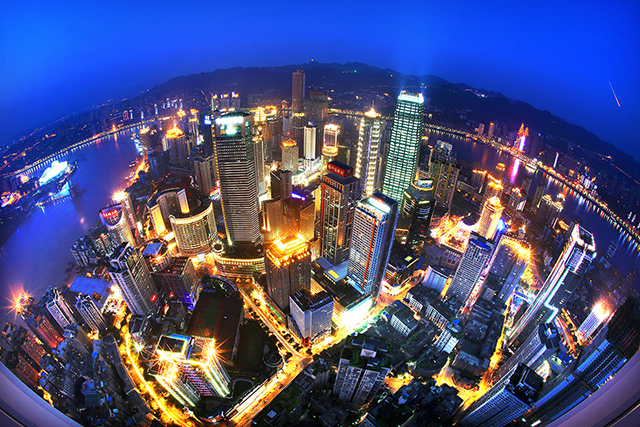
Chongqing is a provincial-level administrative region of the People’s Republic of China, the only municipality directly under the Central Government in the central and western regions, a national central city, and a megacity. It is one of China’s important central cities approved by the State Council, an economic center in the upper reaches of the Yangtze River, an important national modern manufacturing base, and a comprehensive southwestern region. transportation hub. With a total area of 82,400 square kilometers, it has jurisdiction over 26 districts, 8 counties, and 4 autonomous counties. The built-up area in 2019 will be 1,379 square kilometers.
Chongqing is located in the southwest of China’s inland. It is an economic, financial, scientific and technological, shipping and trade logistics center in the upper reaches of the Yangtze River, a national logistics hub, an important strategic fulcrum for the development of the western region, an important connection point of the “Belt and Road” and the Yangtze River Economic Belt. As well as the inland open highlands and beautiful mountains and clear waters; it is famous not only for Jiangcheng, Wudu, and bridges, but also for the mountain city. Chongqing is dominated by the Han nationality, and the minorities are mainly Tujia and Miao. It is rich in tourism resources, such as the Three Gorges of the Yangtze River, the Dazu Stone Carvings of the World Cultural Heritage, Wulong Karst, the World Natural Heritage, and Jinfoshan of Nanchuan.